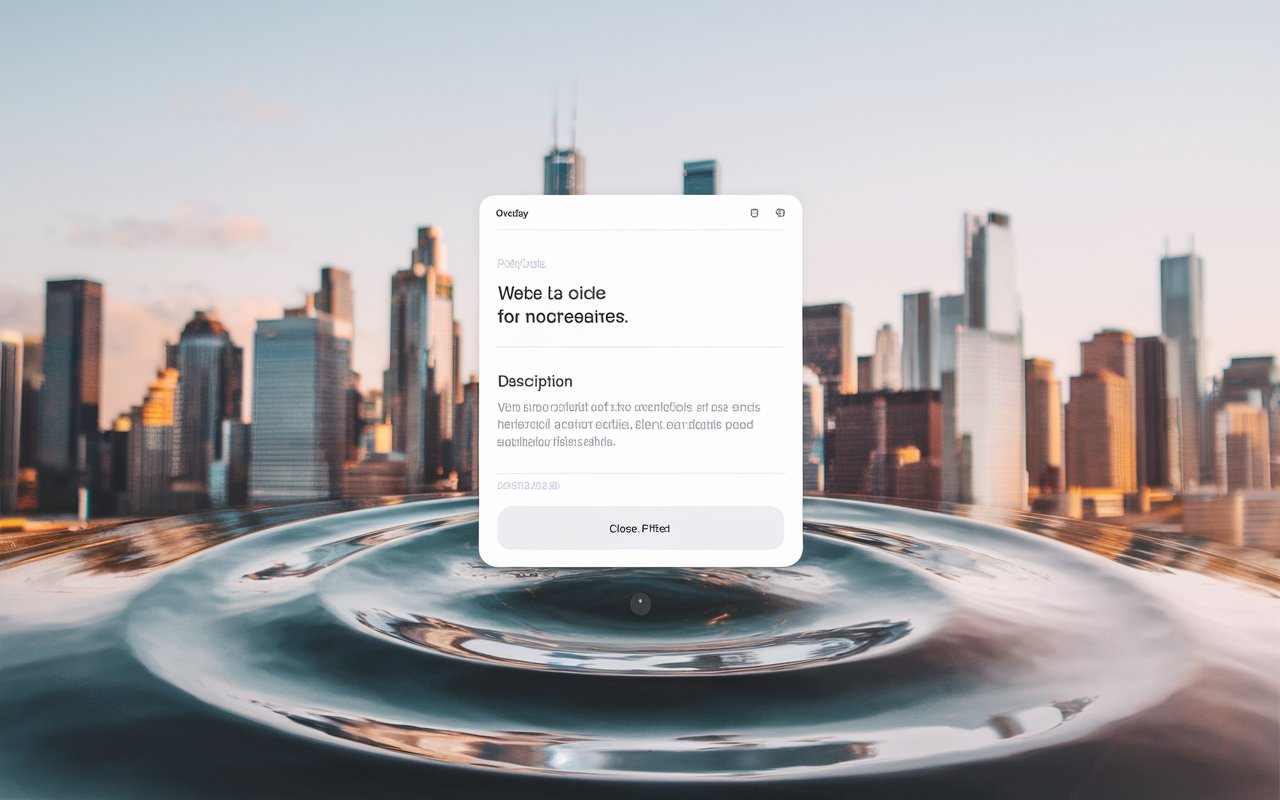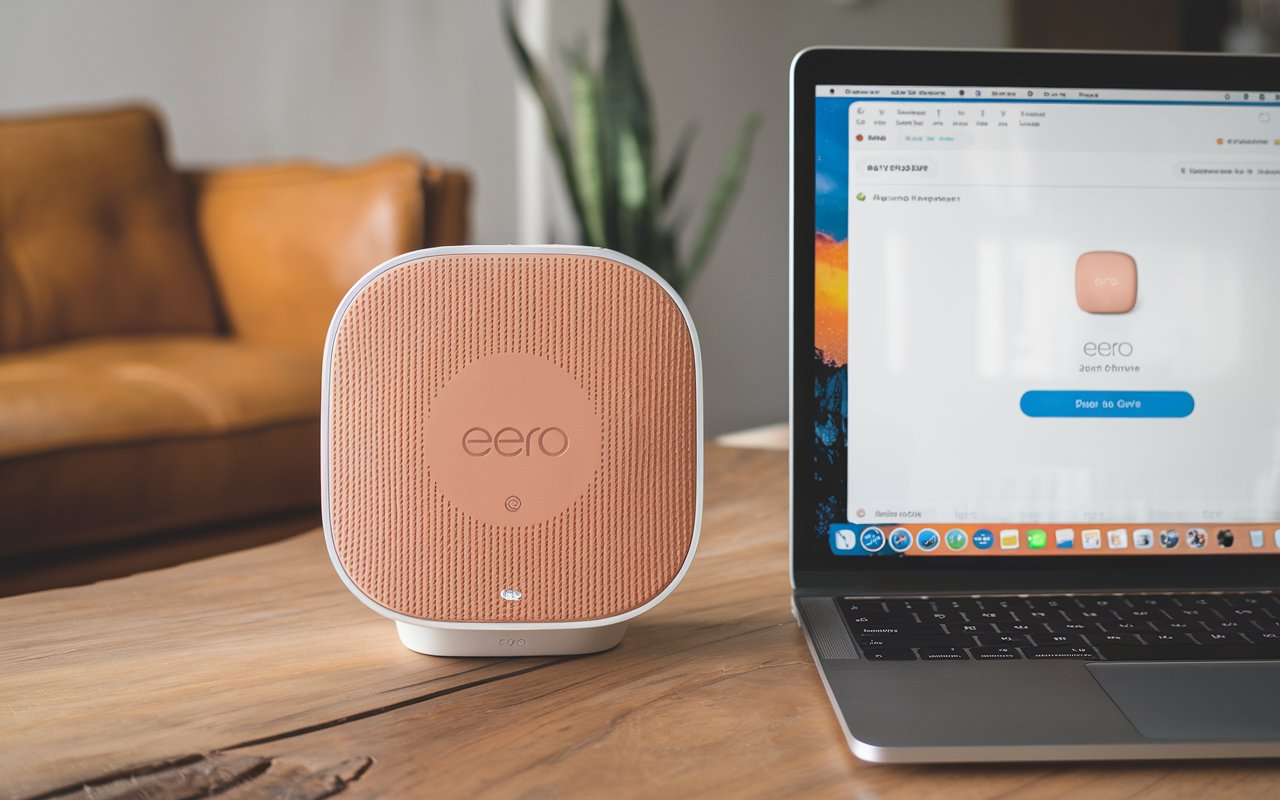Introduction
If you’re working with Make The Size Of OverlayPanel Smaller in PrimeVue and want to customize the size of the OverlayPanel, you’re in the right place. PrimeVue’s OverlayPanel component is a versatile tool that displays additional content in an overlay that can be triggered by user actions.
Sometimes, the default Make The Size Of OverlayPanel Smaller in PrimeVuel does not fit your needs, and you might want to change it. In this article, we will guide you through how to achieve that with clear and simple steps.
Understanding OverlayPanel in PrimeVue
Before resizing the OverlayPanel, it’s essential to understand what it is and how it works. The OverlayPanel in PrimeVue is used to display content in a floating panel that appears over the page’s main content. This component is often used for tooltips, menus, or additional information that users can access without navigating away from their current view.
Why Adjust the Size of OverlayPanel?
Adjusting the Make The Size Of OverlayPanel Smaller in PrimeVue might be necessary for several reasons. You should consider a more compact panel to ensure it fits well within a specific design layout or improve the user experience by making it less intrusive. By making the OverlayPanel smaller, you can ensure that it blends seamlessly with your page’s design and does not overwhelm the user.
Steps to Make the Size of OverlayPanel Smaller
1. Customizing CSS
The most straightforward way to adjust Make The Size Of OverlayPanel Smaller in PrimeVue is through CSS. You can target the OverlayPanel component’s CSS class and apply custom styles to reduce its size. This method provides flexibility and control over how your panel looks. Here’s a basic example of Make The Size Of OverlayPanel Smaller in PrimeVue
In your Vue component, apply the custom CSS class to your OverlayPanel
By applying this CSS, you can easily control the dimensions of the OverlayPanel. Feel free to adjust the width and height values to suit your design requirements. This method is beneficial because it allows you to keep your styling consistent across different instances of the OverlayPanel.
2. Using Inline Styles
For a more direct approach, you can use inline styles within your Vue component to set the dimensions of the OverlayPanel. This method is handy for quick adjustments or when applying different sizes in various scenarios. Inline styles override any external CSS and apply
This approach allows you to set the dimensions directly in the template. It’s particularly useful when you dynamically adjust the size based on certain conditions or user interac.tions.
3. Utilizing Scoped Slots
If you need more control over the content and layout inside the OverlayPanel, consider using scoped slots. Scoped slots allow you to customize how content is rendered within the OverlayPanel. This can be useful to combine size adjustments with other layout changes.
Scoped slots allow you to define how content inside the OverlayPanel should be rendered. This flexibility allows you to apply custom styles and sizes to specific elements within the panel while maintaining overall control over the layout.
4. Responsive Adjustments
When Make The Size Of OverlayPanel Smaller in PrimeVue, consider responsiveness. Ensuring that the panel looks good on different devices and screen sizes is crucial. Use media queries to adjust the panel size for various viewports:
Responsive design ensures that the OverlayPanel adapts to different screen sizes, maintaining usability and aesthetic appeal. Testing your design on various devices will help you confirm that the panel behaves as expected across different platforms.
Testing Your Changes
After adjusting the Size Of the OverlayPanel in PrimeVue, it’s essential to test your changes across different browsers and devices to ensure that the panel behaves as expected. Check for any visual inconsistencies or issues with the panel’s content. Testing will help you confirm that the resized OverlayPanel enhances the user experience without introducing new problems.
1. Cross-Browser Testing
Different browsers might render the OverlayPanel slightly differently. Perform tests on major browsers like Chrome, Firefox, Safari, and Edge to ensure that your panel looks and functions correctly across all platforms.
2. Device Testing
Testing on various devices, including smartphones, tablets, and desktops, will help you ensure that the OverlayPanel remains functional and visually appealing on different screen sizes. Use browser developer tools and emulators to simulate different devices and screen resolutions.
Best Practices for OverlayPanel Size
- Keep It Consistent: Ensure that Making the Size Of the Overlay Panel smaller in PrimeVue is consistent with the overall design of your application. A panel that is too large or too small might look out of place.
- Prioritize Readability: Ensure that the content within the OverlayPanel remains readable and accessible. Avoid making the panel so small that it hinders the user’s ability to interact with or read the content.
- Optimize for User Experience: The OverlayPanel should be large enough to accommodate its content comfortably while being small enough to avoid obstructing the main content. A well-sized panel enhances user experience and prevents frustration.
Additional Tips for Working with OverlayPanel
1. Use Clear and Simple Content
When working with OverlayPanel, ensure that the content inside is clear and to the point. The panel should provide valuable information or functionality without overwhelming the user. Keep the content concise and relevant.
2. Ensure Accessibility
Make sure that the OverlayPanel is accessible to all users, including those using assistive technologies. Ensure that the panel can be navigated using a keyboard and that it has appropriate ARIA roles and attributes for screen readers.
3. Consider Performance
While adjusting Make The Size Of OverlayPanel Smaller in PrimeVue, consider the performance impact of your changes. Large or complex content within the panel can affect performance. Optimize images, scripts, and other resources to ensure smooth performance.
Conclusion
Making Make The Size Of OverlayPanel Smaller in PrimeVue is a straightforward process that can be achieved through various methods, including custom CSS, inline styles, and scoped slots. By following the steps outlined in this article, you can easily adjust the size of your OverlayPanel to fit your design needs. Remember to test your changes and consider responsive adjustments to ensure the best user experience across different devices and screen sizes.
With these tips, you should be able to customize the OverlayPanel in PrimeVue effectively, making it smaller to suit your specific requirements. For more detailed guidance, refer to the PrimeVue documentation or explore community forums for additional tips and best practices.
By implementing these strategies, you’ll enhance the usability and aesthetic of your application, leading to a better overall user experience. Whether you’re developing a complex application or a simple interface, adjusting the size of the OverlayPanel can make a significant difference in how users interact with your content.
In conclusion, adjusting Make The Size Of OverlayPanel Smaller in PrimeVue is an essential skill for front-end developers looking to create a polished and user-friendly application. By customizing the panel’s size to meet your design needs and ensuring responsiveness, you’ll create a more cohesive and enjoyable experience for your users. Happy coding!
Read More


